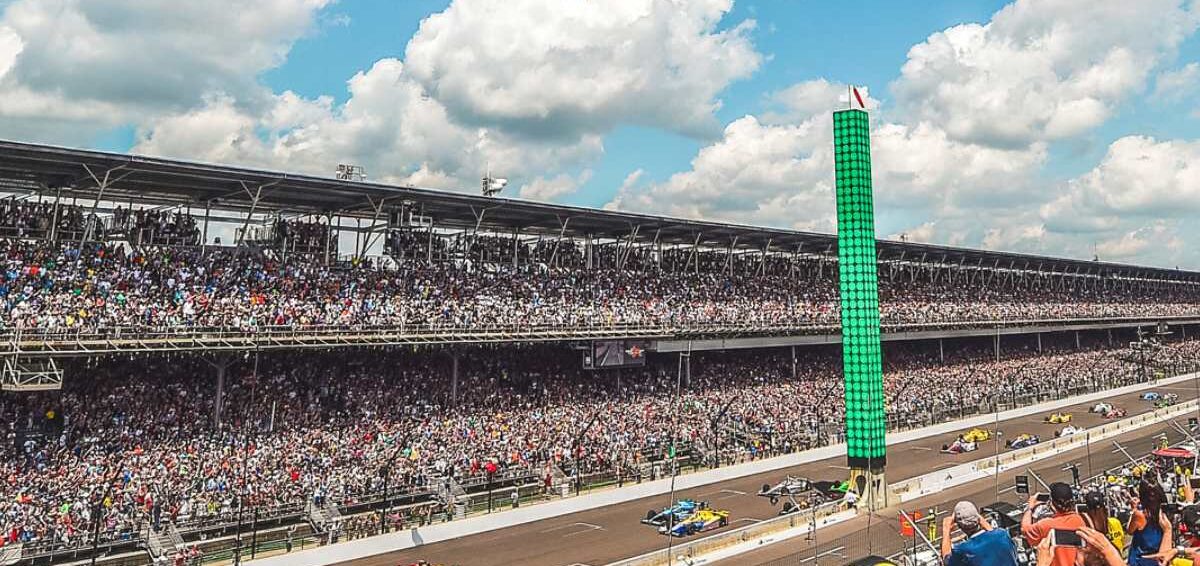Your Journey Starts Here
Associate Veterinarian
Veterinary Assistant

A Culture Full of Heart
At Rockville Road Animal Hospital, we believe great medicine starts with a great team. Our culture is built on compassion, collaboration, and a healthy dose of fun.
We support each other, celebrate wins big and small, and keep the energy high—even on the busiest days. Here, every pet is treated like our own, and every client is welcomed with warmth and respect.
If you’re looking for a place where positivity and purpose go hand-in-hand, you’ll fit right in.

Your Success, Our Commitment
When you thrive, so does our hospital—and our community.
At Rockville Road Animal Hospital, we’re dedicated to supporting you both inside and outside the clinic. From flexibility that keeps your work-life balance in check to resources that help you grow your skills, we’ve got your back every step of the way.
We offer a comprehensive benefits package designed to keep you feeling your best. Because your success isn’t just a priority here—it’s the foundation of everything we do.
Benefits Built Around You
Development
- Mentorship for DVMs
- Licensed Technician Education
- Education Assistance Program
- Alliance Academy for All
- LinkedIn Learning
Wellness
- Personal Financial Advising
- Healthcare Benefits
- Engagement Surveys
- Dedicated 24/7 Phone Support & Free Counseling Sessions
Financial Growth
- Student Loan Refinancing
- Sign-on Options
- Equity and Ownership
- 401K Match
- Succession Planning
Team/Culture
- Collaborative Team
- Committed to Excellence
- Focused on Growth
- Client Driven
- Diverse Patient Base

Join Us in Indianapolis, IN
Where Community Meets Opportunity
Indianapolis is the perfect blend of vibrant city life and relaxed charm.
You can catch a race at the Indianapolis Motor Speedway, stroll through the stunning White River State Park, or explore the unique shops and restaurants. Affordable living, friendly faces, and an amazing mix of city hustle and cozy neighborhoods—what’s not to love?





The People Behind the Paws
Behind every happy tail wag and purr is our incredible team.
From doctors to support staff, we bring together medical expertise, big hearts, and plenty of good vibes. We’ve built a close-knit crew that leans on each other, celebrates wins, and always puts pets (and their people) first.


Interested in an Opportunity?
We want to hear from you! Contact our office with questions at 317-271-2200

